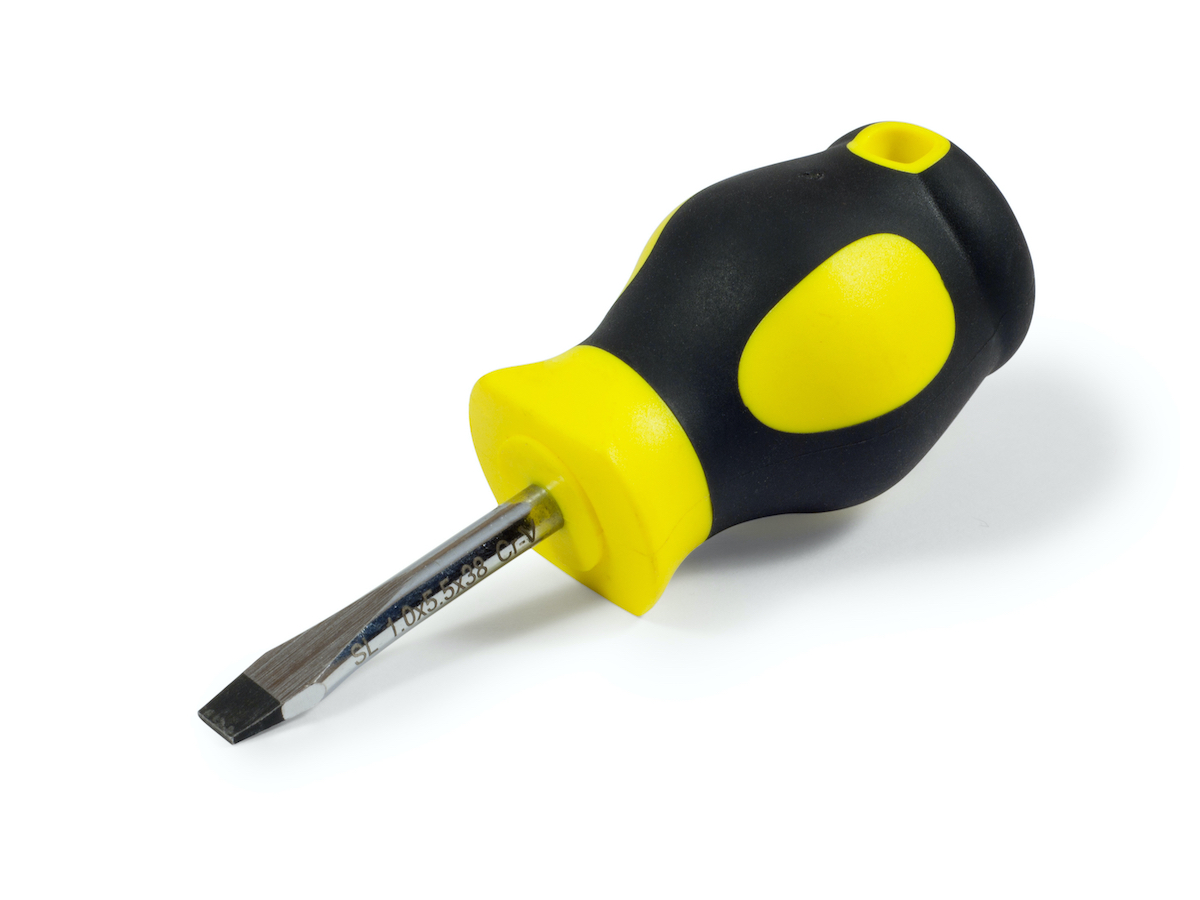
Are you struggling with your garage door opener’s limits? Knowing how to reset garage door opener limit switch is essential for running your garage door system smoothly and safely. In this detailed guide, we’ll take you through the process step by step, covering common issues, troubleshooting tips, and why professional help might be necessary. Let’s get started on ensuring your garage door operates flawlessly!
What is a Garage Door Limit Switch, and What Does it Do?
Garage door opener switch limits, also known as travel limit settings, determine the travel limits of your garage door. They ensure that the door opens fully and closes securely without overextending or causing damage. Typically, two limit switches—one for opening and another for closing—communicate with the opener to stop the door at the correct positions. Understanding the purpose of these limits is crucial when learning how to reset garage door limit switch.
Experiencing Garage Door Limit Setting Issues?
If you’re facing challenges with your garage door opener limit settings, Overhead Door Company of Huntsville/North Alabama™ is ready to assist. We service and repair all brands, providing expert, quick, and reliable services.
We offer free estimates right over the phone!
Why Garage Door Opener Limits Need Resetting?
Recognizing the signs of garage door opener limit problems early can help prevent potential issues and ensure the smooth operation of your garage door system. Here are some common signs to watch out for when considering how to reset garage door opener limit switch:
- Midway Stops: If your garage door stops midway during opening or closing without reaching the fully open or closed position, it could indicate a limit-setting problem. This often manifests as the door hesitating or reversing direction unexpectedly.
- Uneven Closing or Opening: Noticeable unevenness in how the garage door closes or opens, such as one side moving faster than the other or the door appearing crooked during operation, may suggest a misalignment in the limit settings. This may also be due to whether your garage door is out of balance.
- Unusual Noises: Excessive or unusual noises, such as grinding, scraping, or clicking sounds, when the garage door operates can signal issues with the limit switches or the door’s travel path. These noises often accompany irregular movements or stops.
- Partial Door Movements: If the garage door only opens or closes partially before stopping or reversing, it may indicate that the limit settings are preventing the door from completing its entire travel cycle.
- Repeated Auto-Reversals: Modern garage door openers are equipped with auto-reversal mechanisms for safety. If your door consistently reverses direction shortly after starting to close, the limit settings may need adjustment to prevent false triggers of the safety feature.
- Inconsistent Operation: Any inconsistent behavior in how your garage door operates, such as intermittent failures to fully open or close, could point to underlying limit switch issues that require attention.
- Delay in Response: A noticeable delay in the door’s response to commands, such as a delay in starting to close after pressing the button, can indicate potential limit-setting problems affecting the opener’s performance.
- Physical Changes: Any changes to the garage door’s structure, such as repairs or adjustments, may require resetting the limits to ensure proper functionality.
- Electrical Issues: Power surges or electrical malfunctions can affect the programming of the opener limits, requiring a reset.
By being vigilant and recognizing these common signs of garage door opener limit problems, you can address issues promptly and ensure your garage door system’s continued reliability and safety. If you experience any of these symptoms or have concerns about your garage door’s operation, consider consulting a professional technician for a thorough inspection and necessary adjustments.

How to Reset Garage Door Opener Limit Switch
A General Guide
Now, let’s walk through the steps of resetting your garage door opener limits:
Please note that the instructions below are a general guideline for garage door openers that are a few years old. Over the years, garage door adjustment settings have changed. Along with these changes, so have the steps for adjusting limit switch settings.
- Consult Your Owner’s Manual: Refer to your garage door opener’s manual for specific instructions on resetting the limits. Different models may have varying procedures. To view the Overhead Door™ Brand Manuals.
- Locate the Limit Switches: Most garage door openers have two limit switches—one for opening (up-limit switch) and another for closing (down-limit switch). These switches control the garage door’s travel limits. Note: This step may vary depending on the make and model of your garage door opener.
- Adjust the Up-Limit Switch: Using a flathead screwdriver, turn the up-limit switch adjustment screw clockwise to increase the travel distance of the door opening. Make minor adjustments and test the door’s operation. Note: This step may vary depending on the make and model of your garage door opener.
- Adjust the Down-Limit Switch: Similarly, adjust the down-limit switch by turning the adjustment screw counterclockwise to increase the travel distance of the door closing. Test the door’s closing operation. Note: This step may vary depending on the make and model of your garage door opener.
- Adjust the settings little by little: Small changes can have big effects. Note that in every change you make, you may need to test the door over and over.
- Verify Safety Features: After resetting the limits, test the safety features of your garage door opener, including the auto-reversal mechanism and safety sensors.
- Schedule Regular Maintenance: Consider scheduling regular maintenance checks for your garage door opener to ensure optimal performance and safety.
Troubleshooting Tips for Garage Door Opener Limit Issues
Even with proper maintenance, garage door opener limits can sometimes cause issues. Here are some troubleshooting tips to help you address common problems and understand how to reset garage door opener limits effectively:
- Check for Obstructions: Inspect the area around the garage door tracks for any obstructions or debris hindering the door’s movement. Clearing these obstacles often resolves limit-related issues.
- Test Safety Sensors: Ensure the safety sensors near the bottom of the garage door tracks are clean and properly aligned. Misaligned or dirty sensors can trigger the opener to behave as if the door has reached its limit prematurely.
- Inspect Wiring Connections: Examine the connections between the opener unit and the limit switches. Loose or damaged wires can disrupt the communication between the switches and the opener, leading to erratic behavior.
- Adjustment Verification: Double-check the adjustments made to the limit switches during the reset process. Ensure that the up-limit switch controls the complete opening of the door, and the down-limit switch controls the complete closing, with no gaps or partial movements.
- Test Remote Controls: If you’re experiencing limit-related issues only when using remote controls or keypads, check the batteries and functionality of these devices. Weak batteries or signal interference can cause intermittent problems.
- Inspect Motor and Drive Mechanism: Occasionally, limit issues can stem from motor or drive mechanism malfunctions. Listen for unusual noises during door operation and visually inspect the motor and drive components for signs of wear or damage.
- Reset Opener Settings: In some cases, resetting the garage door opener system, including the limits, can resolve persistent issues. Refer to your owner’s manual for instructions on resetting the opener settings.
- Professional Inspection: If troubleshooting steps don’t resolve the problem or if you need clarification on performing advanced repairs, it’s recommended to contact a professional garage door technician. They can conduct a thorough inspection, diagnose the issue accurately, and implement appropriate repairs or adjustments.
What Can Go Wrong If You Don’t Call a Professional?
While resetting garage door opener limits may seem like a straightforward task, some potential risks and complications can arise if not done correctly or if underlying issues are overlooked:
- Safety Hazards: Garage door systems involve heavy components under tension, such as springs and cables. Incorrect adjustments or handling can lead to severe injuries or property damage.
- Electrical Damage: Making incorrect adjustments to the limit switches or other electrical components can damage the opener unit or cause electrical hazards in your garage.
- Voided Warranties: DIY attempts at garage door repairs or adjustments, including limit resets, can void warranties provided by manufacturers or service providers, leaving you responsible for any future repairs or replacements.
- Incomplete Troubleshooting: DIY resets may address immediate symptoms but overlook underlying issues such as worn-out parts, misalignments, or motor problems, leading to recurring problems in the future.
- System Imbalance: Improperly adjusted limits can cause the door to close too forcefully or not seal properly, compromising security, energy efficiency, and overall functionality.
- Code Compliance: Garage door opener systems are designed to meet safety standards and building codes. Incorrect adjustments or installations may result in non-compliance, posing legal and safety risks.
Brand-Specific Considerations for Garage Door Opener Limits
Different garage door opener brands may have unique features, reset procedures, and recommended maintenance practices. Understanding brand-specific considerations can help ensure optimal performance and safety for your garage door system. Here are some key points to keep in mind:
- Consult the Owner’s Manual: Each garage door opener brand provides detailed instructions and guidelines in its owner’s manual. Before attempting any adjustments or resets, refer to the manual for your opener model. This ensures that you follow the manufacturer’s recommended procedures and safety precautions. To view the Overhead Door™ Brand Manuals.
- Reset Procedures: The reset process for garage door opener limits can vary between brands. Some brands may require specific button sequences or settings adjustments to reset the limits accurately. Familiarize yourself with the reset procedure outlined in your owner’s manual to avoid errors and ensure proper calibration.
- Safety Features: Different brands may incorporate unique safety features into garage door openers. These features could include advanced sensors, auto-reversal mechanisms, or innovative technology integration. To maintain a safe operating environment, verify that these safety features are functioning correctly after resetting the limit.
- Professional Maintenance Recommendations: Certain garage door opener brands may recommend periodic professional maintenance to maintain optimal performance and warranty coverage. Follow the manufacturer’s recommendations regarding maintenance schedules and qualified service providers. Professional maintenance can prolong the lifespan of your opener and prevent potential issues with limit settings.
- Compatibility with Accessories: If you use accessories such as keypads, remotes, or smart home integrations with your garage door opener, ensure that these accessories are compatible with the brand and model of your opener. Follow manufacturer guidelines for pairing and configuring accessories to avoid compatibility issues affecting limit settings or overall functionality.
- Warranty Considerations: Brand-specific warranties may have specific terms related to DIY adjustments, including limit resets. Review your warranty coverage to understand any restrictions or requirements regarding self-service tasks. Improper adjustments or unauthorized modifications could void warranty coverage, so adhering to manufacturer guidelines is essential.
- Technical Support: Familiarize yourself with the brand’s technical support resources. Many reputable garage door opener brands offer customer support hotlines, online troubleshooting guides, and resources for DIY enthusiasts. If you encounter challenges or have questions about limit settings or other features, leverage these support channels for assistance.
By considering brand-specific factors and following manufacturer recommendations, you can ensure that your garage door opener limits are set accurately, safety features are operational, and your system functions optimally for years.

Warning
It’s crucial not to confuse the force settings and switch limit settings on a garage door opener. The force settings control the amount of force the opener uses to open and close the door, ensuring it operates smoothly without causing excessive strain or damage. On the other hand, the switch or travel limits determine the maximum distance the door travels during opening and closing cycles, preventing overextension or misalignment. Mixing up these settings can lead to issues such as the door not closing properly or exerting too much force, compromising safety and functionality. Always refer to the manufacturer’s instructions to adjust these settings correctly and maintain optimal garage door performance.
The Value of Professional Expertise
Calling a professional garage door technician offers several benefits:
- Expert Diagnosis: Professionals can accurately diagnose the root cause of garage door issues, ensuring comprehensive solutions rather than temporary fixes.
- Safety Assurance: Trained technicians have the knowledge and tools to safely perform adjustments, minimizing the risk of injuries or damage.
- Long-Term Solutions: Professional repairs and adjustments address underlying issues, providing long-term reliability and preventing recurring problems.
- Code Compliance: Professionals ensure garage door systems meet safety standards and building codes, reducing liabilities and ensuring optimal functionality.
In Conclusion
While DIY attempts at garage door opener limit switch resets may initially seem cost-effective, the potential risks and incomplete troubleshooting can lead to more significant issues and safety hazards. Investing in professional expertise ensures proper diagnosis, safe repairs, long-term reliability, and compliance with industry standards, ultimately protecting your property and ensuring the optimal performance of your garage door system. Remember, knowing how to reset garage door opener limits is just one aspect of maintaining a healthy garage door system.
Your Safety is Our Priority
At Overhead Door Company of Huntsville/North Alabama™, your safety is paramount. With our extensive experience dating back to 1968, we specialize in garage door spring repair, understanding the complexities and risks involved. Our commitment to safety extends to our team, comprising only trusted full-time employees well-versed in garage door systems.
If you’re facing garage door issues, contact Overhead Door Company of Huntsville/North Alabama™ for a thorough inspection and expert repair services. We prioritize your safety and satisfaction, ensuring your garage door operates smoothly and securely. Trust us to handle your garage door needs professionally and carefully, putting your safety first at every step.



